Asteroid 2021 JA5 is around the size of 81 bulldogs, the symbol of the college football team of the University of Georgia. But it won’t hit us – hopefully the Bulldog team will have better luck.
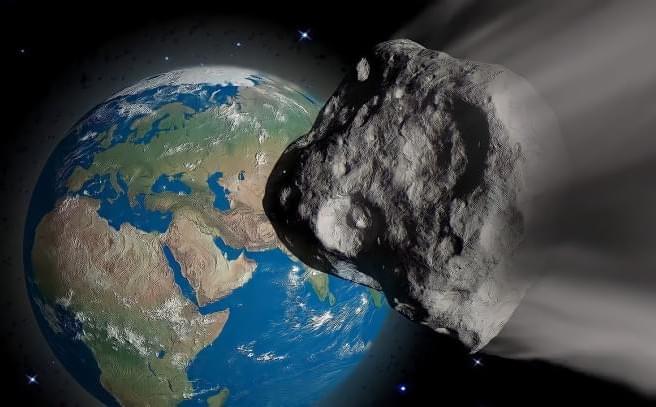

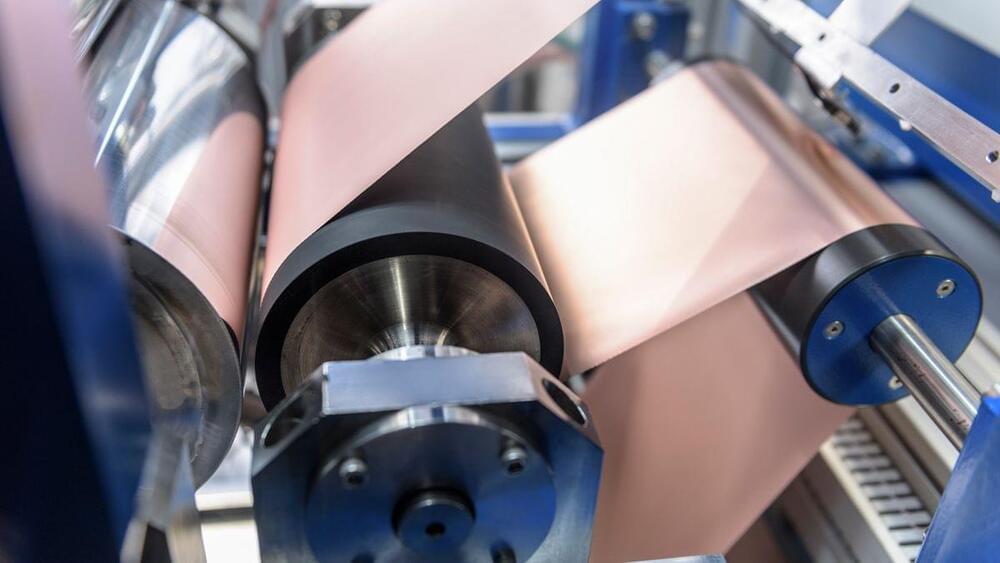
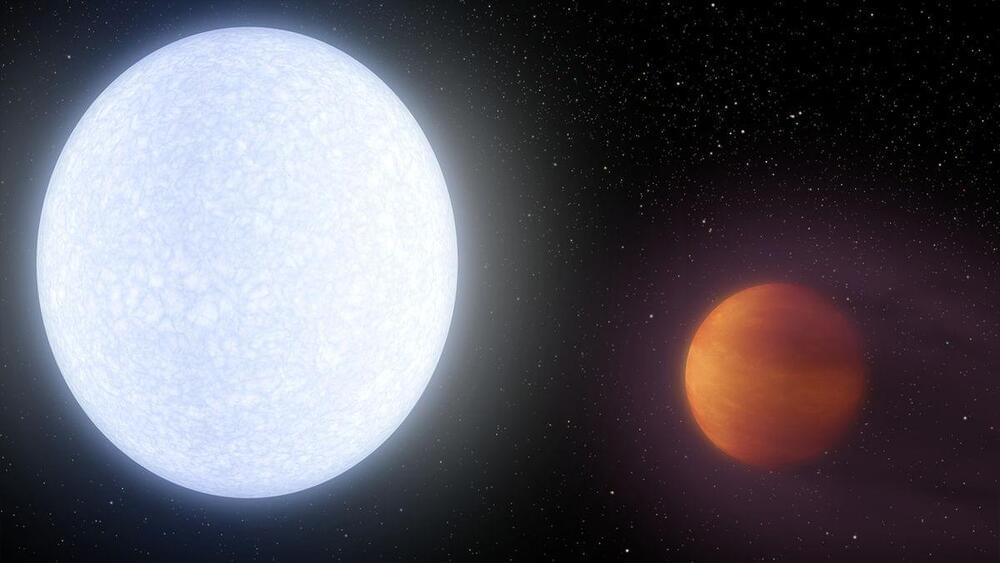
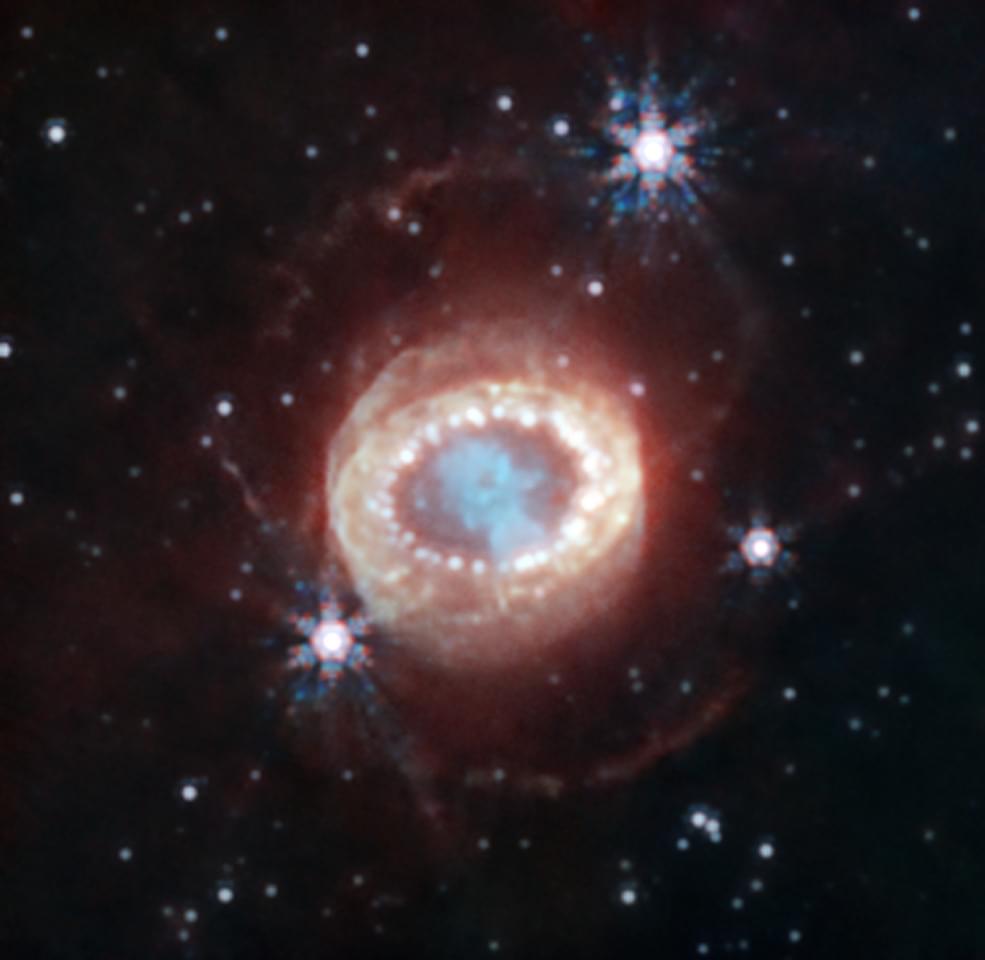
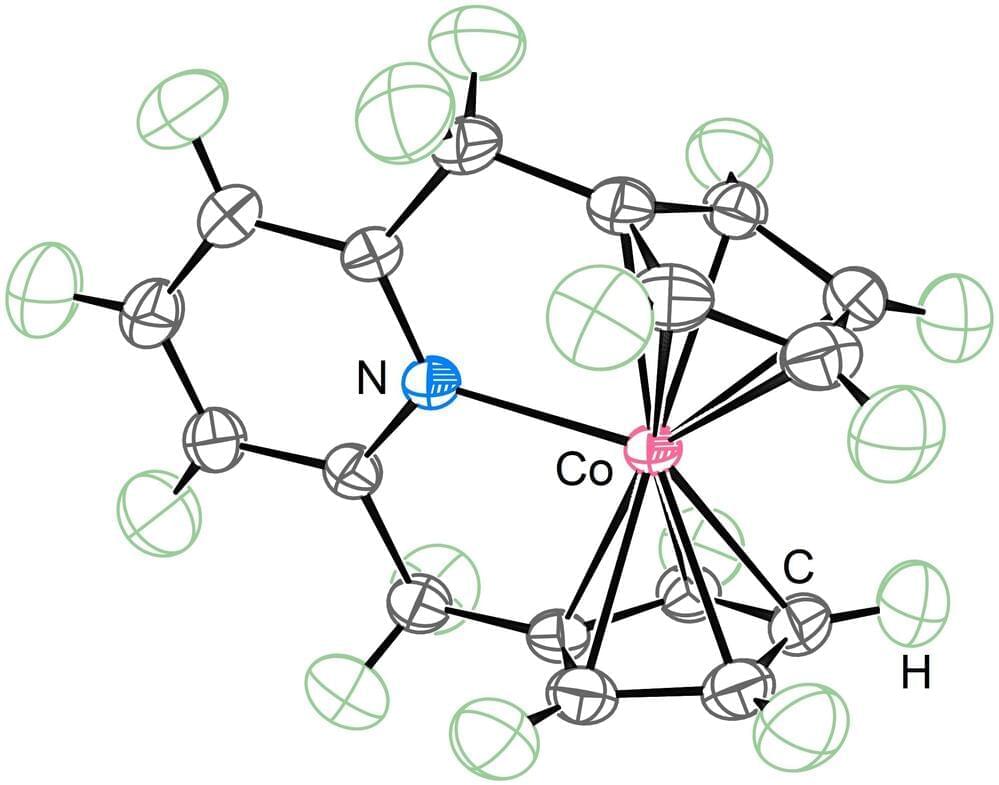
Organometallic compounds, molecules made up of metal atoms and organic molecules, are often used to accelerate chemical reactions and have played a significant role in advancing the field of chemistry.
Metallocenes, a type of organometallic compound, are known for their versatility and special “sandwich” structure. Their discovery was a significant contribution to the field of organometallic chemistry and led to the awarding of the Nobel Prize in Chemistry in 1973 to the scientists who discovered and explained their sandwich structure.
The versatility of metallocenes is due to their ability to “sandwich” many different elements to form a variety of compounds. They can be used in various applications, including the production of polymers, glucometers—used to measure the amount of glucose in the blood, perovskite solar cells, and as a catalyst, a substance that increases the rate of a chemical reaction without being consumed or changed by the reaction itself.
Scientists have been able to observe a common interaction in quantum chemistry for the first time, by using a quantum computer to shadow the process at a speed 100 billion times slower than normal.
Known as a conical intersection, the interactions have long been known about, but are usually over in mere femtoseconds – quadrillionths of a second – making direct observations impossible to carry out.
A research team from the University of Sydney in Australia and the University of California, San Diego, instead monitored the reaction using a charged particle trapped in a field, allowing them to follow a version of the process that dragged on for a relative eternity.

Generative AI is dominating the conversation in 2023, and the design community is no exception to its transformative potential. Product innovations fueled by emerging AI capabilities have the potential to unlock new opportunities and put the power of real-time intelligence in customers’ hands like never before.
As a design leader focused on creating innovative products and solutions for millions of our consumers and for thousands of our employees, I find AI’s potential particularly exciting for the design discipline. New technological advances like generative AI, computer vision, natural language processing and large language models can augment, complement and elevate the capabilities of designers, enabling them to focus on work that delivers maximum value to their users. At the same time, there are ongoing and important conversations about designing and implementing new safeguards and frameworks to mitigate risk and ensure the responsible application of AI.
Let’s take a closer look at the dynamic intersection of AI and design, focusing on how AI-enhanced design tools can enhance designer workflows, improve outputs and fuel product innovation.

The existence of an oxygen bottleneck has significant implications for future searches of technological activities on exoplanets.
Astrobiologists theorise that low-oxygen planets would be unlikely to produce advanced civilisations, as the discovery of fire requires easy access to open air combustion, which is only possible when oxygen partial pressure is above 18%.
When the Earth formed around 4.6 billion years ago, its atmosphere consisted mostly of carbon dioxide, methane, ammonia, and water vapour – with a lack of free oxygen making it totally inhospitable for aerobic life.
Dr Michael Russel’s lecture at the Molecular Frontiers Symposium at the Royal Swedish Academy of Sciences in Stockholm, Sweden, May 2011. The topic of the symposium was “Origin of Life and Molecular Evolution”. Check our YouTube channel for more exciting science videos! For more information, visit www.molecularfrontiers.org.
Help us caption & translate this video!
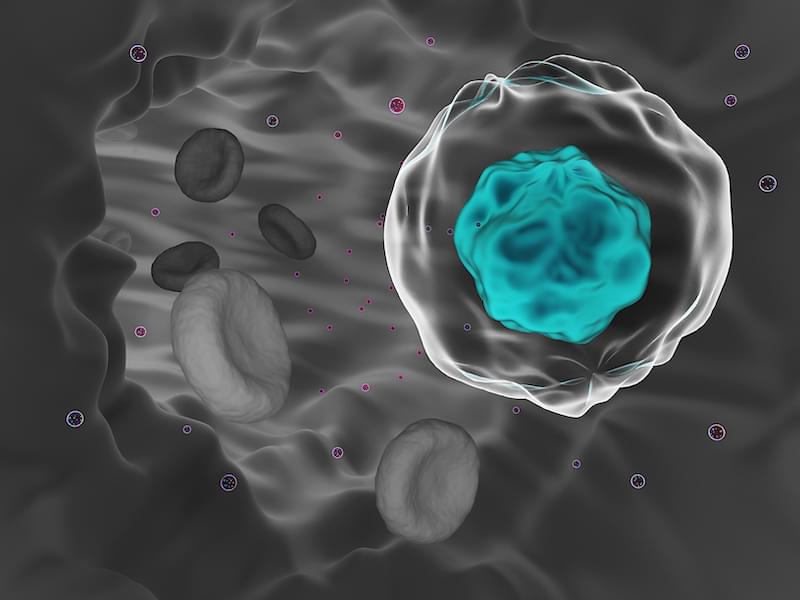
Metastasis is one of the main obstacles in treating cancer. Studying circulating tumor cells (CTCs) and CTC clusters at the single-cell level can help us understand the underlying mechanisms and develop better therapeutic strategies for patients. Automated solutions can vastly simplify protocols for CTC isolation for molecular characterization at the single-cell level.
What are circulating tumor cells?
CTCs are cells that break away from the primary tumor and enter the bloodstream. Once in the blood, CTCs can adapt to the microenvironment of additional sites, forming a new tumor. This process, called metastasis, is responsible for over 90% of cancer-related deaths and is an active area of research.